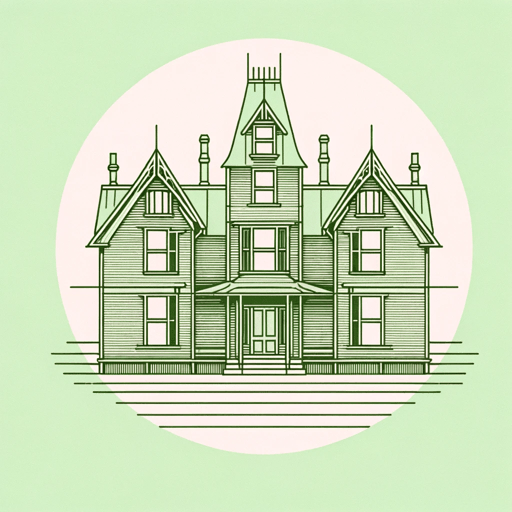55 pages • 1 hour read
Nathaniel HawthorneThe House of the Seven Gables
Fiction | Novel | Adult | Published in 1851A modern alternative to SparkNotes and CliffsNotes, SuperSummary offers high-quality Study Guides with detailed chapter summaries and analysis of major themes, characters, and more.
Summary and Study Guide
Overview
The House of the Seven Gables (1851) is a novel by American author Nathaniel Hawthorne. With the eponymous New England mansion serving as the novel’s centerpiece, the story charts the fortunes and misfortunes of the Pyncheon family as they navigate the haunting legacy of their family’s violent past. The novel explores the themes The Influence of the Past on the Present, The Complications of Home, and The Legacy of Violence. Like Hawthorne’s earlier novel, The Scarlet Letter (1850), The House of the Seven Gables is now considered an American classic. It has been adapted several times for the big and small screens, as well as for the stage and for opera.
This study uses the Penguin Classics 1986 reprint of the Ohio State University Press’s 1965 edition.
Plot Summary
The novel opens with a description of the house, rusty and wooden with its seven telltale gables, each pointed in different directions. Located in a Massachusetts town on Pyncheon Street, Pyncheon is also the name of the family that has owned the house for much of its history.
In Puritan-era America, Colonel Pyncheon wants a grand estate to leave his heirs. He finds the perfect spot to build, but the plot of land he covets belongs to a poor townsperson named Matthew Maule—and Matthew refuses to sell. Determined to get his hands on the property, Colonel Pyncheon accuses Matthew of witchcraft during the Salem witchcraft trials of 1692. Matthew is convicted and dies by hanging. Before he dies, Matthew curses the colonel.
Undeterred, Colonel Pyncheon scoops up the property and puts Matthew’s son Thomas in charge of building the seven-gabled home. On the day of the home’s completion, Colonel Pyncheon is found dead in the parlor, his neck smeared with blood—the result of Matthew’s curse, at least according to the townspeople.
In the 19th century, the Pyncheon family’s fortunes have fallen considerably, with the deed to their once-significant land holdings in Maine long since disappeared. The house, now rundown and dreary, terrifies people. Rumors abound that it is haunted and that the family remains cursed.
Realizing how dastardly his ancestor was, the head of the dwindling Pyncheon clan seeks to atone for the colonel’s cruelty by giving the Maule heirs the house. However, the head of the Pyncheons then turns up dead; his nephew Clifford is convicted as his killer and is sent to prison for 30 years. What remains of the family money goes to Clifford’s cousin, Jaffrey, and the house goes to Clifford’s sister, Hepzibah.
Thirty years later, Hepzibah remains in the house, a virtual recluse. She opens a small shop in a side room of the house as a means of supporting herself and her brother Clifford, just released from prison for murder. Cousin Jaffrey is now a judge, but Hepzibah refuses any “help” from him, as she believes that he was involved in Clifford’s unjust murder conviction. Meanwhile, Hepzibah’s niece, Phoebe, arrives, and Hepzibah takes her in. She is a ray of light in the gloomy house, and also makes friends with Mr. Holgrave, a young, idealistic, and somewhat radical boarder staying at the house.
One day, while Phoebe is out of town, Jaffrey shows up and demands to speak to Clifford. He thinks Clifford knows the location of the deed for the land in Maine, but Hepzibah denies this. Jaffrey demands that Clifford give him the deed or else risk being committed to an “asylum.” Then, Jaffrey suddenly dies in the parlor of a stroke. No one sheds a tear, especially Clifford, who is thrilled that the man who let him take the fall for murder is dead. Clifford and Hepzibah leave town to get away from Jaffrey’s dead body at the house, terrified of yet another unjust accusation of murder. The town gossips about where Clifford and Hepzibah may have gone, as well as Jaffrey’s disappearance.
When Mr. Holgrave discovers the body in the parlor, he doesn’t want to report the death for fear of incriminating Clifford and Hepzibah. Phoebe returns, and Mr. Holgrave tells her he thinks that the judge’s death is proof that Clifford did not commit the murder all those years ago. Both Clifford’s uncle and his cousin have now died of the same hereditary disease; Clifford’s uncle’s death was made to look like murder with the blood smear on his neck. Cousin Jaffrey, the future judge, had been caught going through his uncle’s papers, and his uncle was so shaken upon finding him that he had a stroke, eventually dying. Cousin Jaffrey finds his uncle’s new will, which leaves everything to Clifford, and destroys it, leaving the older will in which he is the main inheritor behind. While he does not consciously frame Clifford, he does nothing to prevent Clifford’s conviction and 30-year imprisonment.
Holgrave confesses to Phoebe that he loves her, and he will change his “reformist” ways for her. Phoebe insists that they inform the authorities of Jaffrey’s death, despite Holgrave’s inclination to keep it a secret. They agree to marry. Clifford and Hepzibah return, and the townspeople soon accept Holgrave’s theory and recognize that Clifford is not a killer.
Soon, Hepzibah, Clifford, and Phoebe learn that Judge Pyncheon’s only son has died, which means that all of the judge’s wealth and property descend to them. They and Holgrave decide to leave the house to move to Jaffrey’s country estate. Just before they leave, Clifford remembers that the portrait contains a lever, which reveals the old deed hidden in a niche behind the painting. The deed—now essentially worthless, since others claimed the land long ago—was originally hidden in the wall by Matthew Maule’s son, Thomas, who built the house. Holgrave has known all along where the deed is because he is a direct descendant of Matthew, and word of the deed’s location was passed down through the generations of the family.
Holgrave and Phoebe’s love definitively puts to rest the discord between the Pyncheons and the Maules, and the violent Pyncheon legacy is ostensibly left behind in the wake of the move to Judge Pyncheon’s house.
Related Titles
By Nathaniel Hawthorne

Dr. Heidegger's Experiment
Nathaniel Hawthorne

Ethan Brand
Nathaniel Hawthorne

My Kinsman Major Molineux
Nathaniel Hawthorne

Rappaccini's Daughter
Nathaniel Hawthorne
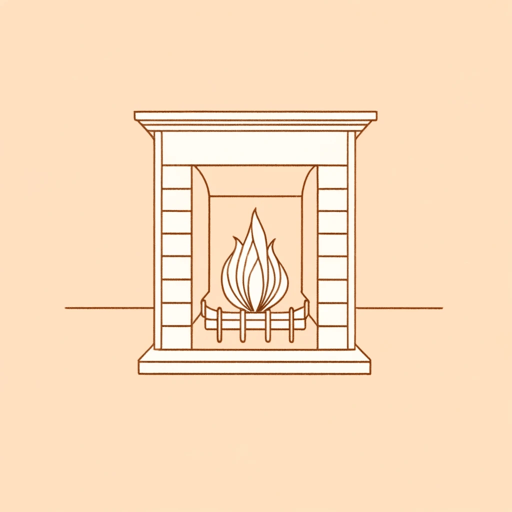
The Ambitious Guest
Nathaniel Hawthorne

The Artist of the Beautiful
Nathaniel Hawthorne
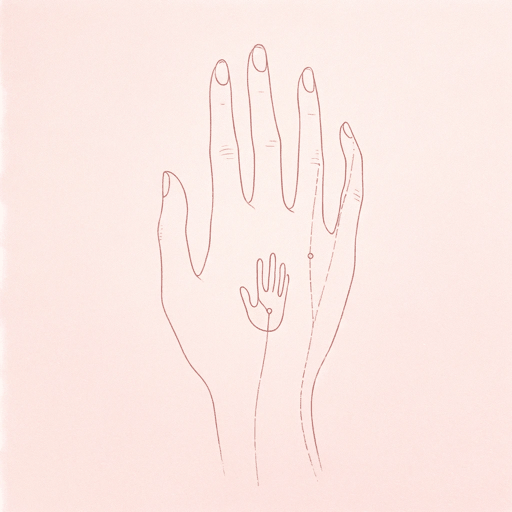
The Birthmark
Nathaniel Hawthorne

The Blithedale Romance
Nathaniel Hawthorne
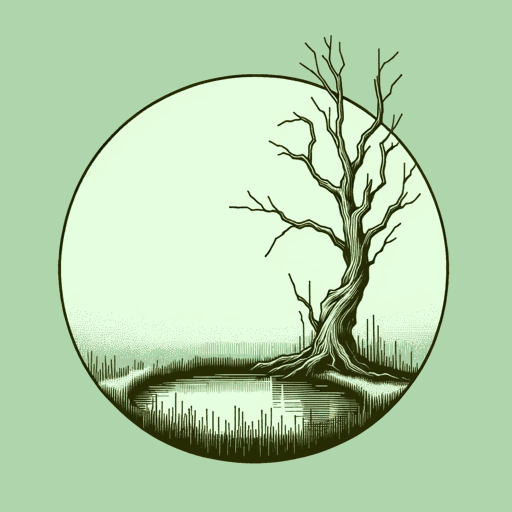
The Hollow of the Three Hills
Nathaniel Hawthorne

The Marble Faun
Nathaniel Hawthorne
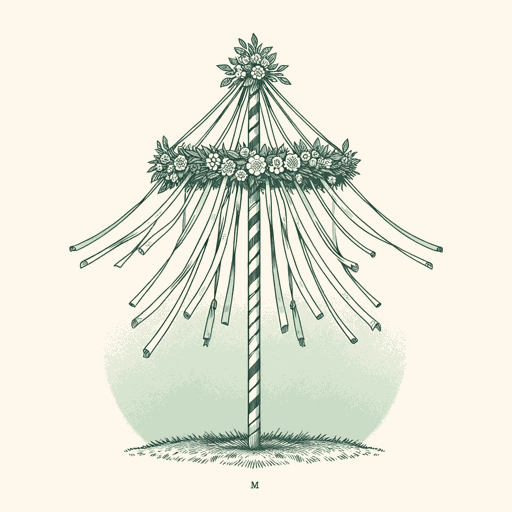
The Maypole Of Merry Mount
Nathaniel Hawthorne
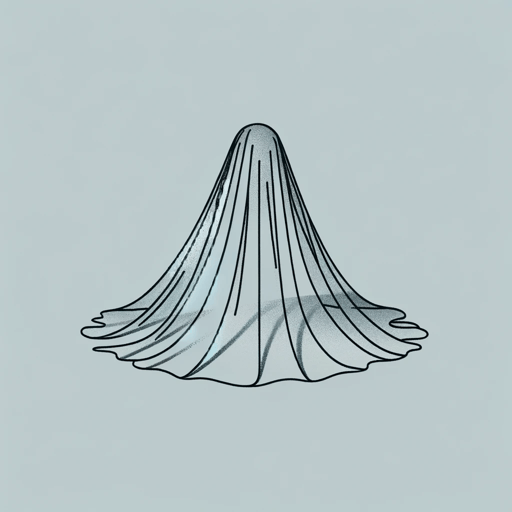
The Minister's Black Veil
Nathaniel Hawthorne

The Scarlet Letter
Nathaniel Hawthorne

The Wives of the Dead
Nathaniel Hawthorne

Young Goodman Brown
Nathaniel Hawthorne
